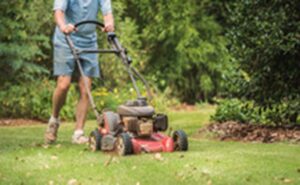
By Team Seaglass

The Mammal Mania
Working with critters can be a wild ride, from dodging squirrel stunts to negotiating with raccoons that you didn’t expect to engage. While these wild animals may appear “cute”, encounters with raccoons, foxes, skunks, and squirrels can result in bites or scratches if they feel threatened or cornered. If these animals are infected, they can transmit Rabies which can produce serious or even life-threatening illness.
Safety Tips
- Stay alert and aware of your surroundings, especially if you’re encountering potential habitats
- Keep food and garbage in sealed containers
- Avoid approaching or feeding wild animals
- Use noise and movement to make your presence known, and give them time to move away. If they don’t leave, then you leave
- Be aware of local wildlife alerts and contact authorities if wildlife concerns exist (habitat issues, rabies outbreaks)
The Wildcards- Snakes and Alligators
Every summer brings a few surprises… Most of us are not enthusiastic about finding slithering snakes and alligators in our work environment. There are hundreds of species of snakes living in the US, but over 90% of them are non-venomous. Common venomous snakes include Copperheads, Rattlesnakes, Cottonmouths/Water moccasins, and Coral Snakes. They live in a wide variety of habitats including forests, swamps, grasslands, and fresh as well as salt waters. Venomous snakes can cause severe pain, swelling, and tissue damage. Some allergic reactions to the venom can even produce breathing difficulty and death.
Where once thought, alligators were only located in Florida. With warming temperatures, they are making their way to northern states, including: GA, LA, TX, AL, OK, AR, TN, SC, and NC. So it’s important to keep your eye out for these reptiles near marsh lands and freshwater lakes, ponds, and rivers.
Safety Tips
- Stay alert and watch where you step. If you know you’re entering a potential habitat area, inspect the area for signs of their presence (i.e., snake skins, snake holes)
- Wear sturdy closed-toed boots, snake gaiters/snake-proof leggings in high-risk snake habitats
- Keep work area clean and free of debris, wood/leaf piles, and stacked materials which are common living areas
- Be cautious near water, particularly marshy areas, ponds/lakes where both snakes and alligators may reside
- If you encounter a snake or alligator, remain calm, slowly back away, and give them space to retreat
- Maintain a distance of at least 30 ft. from alligators, and never approach them to interact or feed them
- If bitten by a snake, seek medical attention for anti-venom treatment immediately
Working outside in the summer is an adventure full of critters and potential pitfalls. But, with a little preparation and planning, you can safely navigate the wild world of outdoor work without mishaps.
